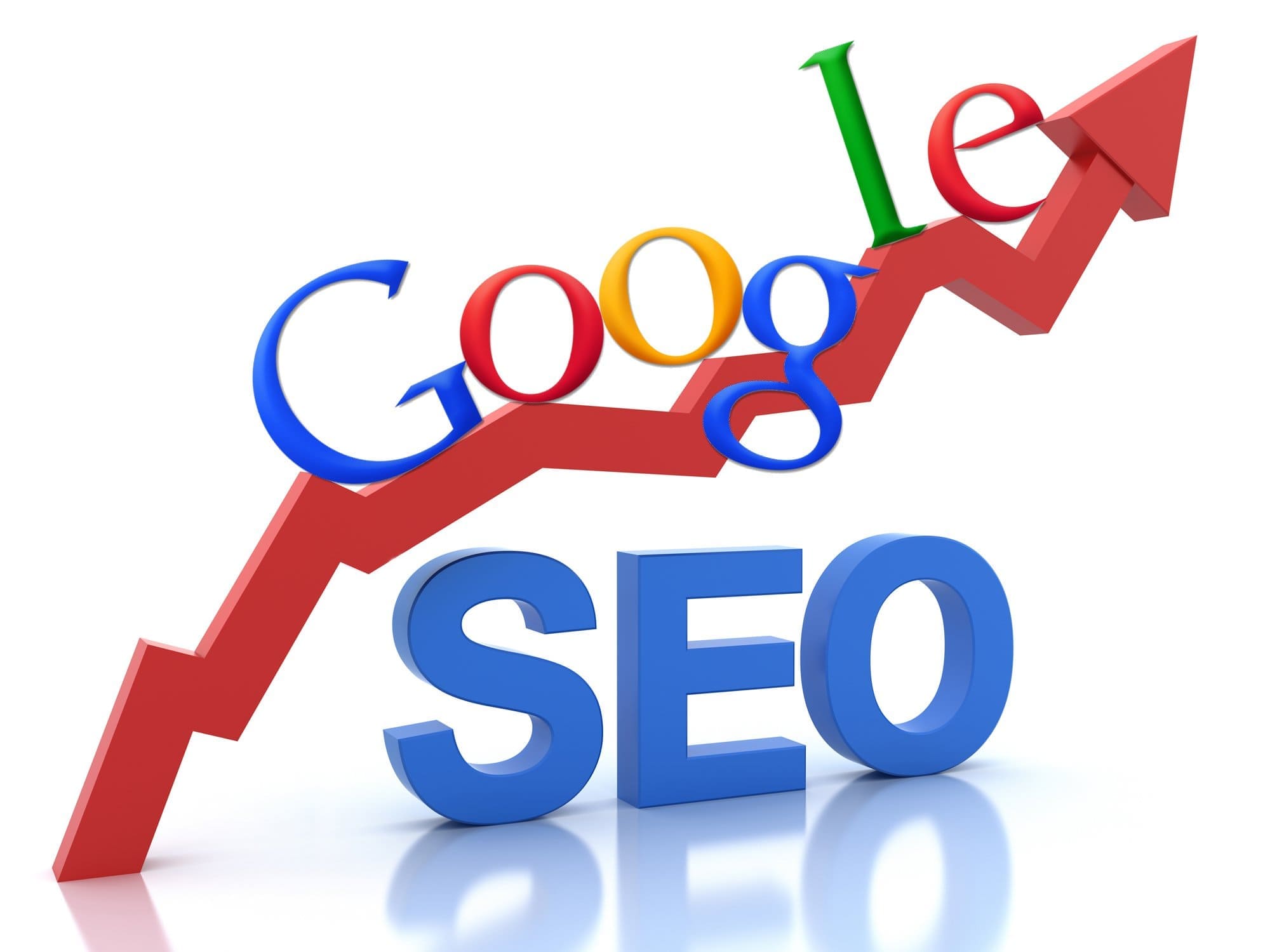
Your website is often the first place where people learn about your business. If it loads slowly, looks outdated, or feels hard to use, visitors will leave before you get a chance to show them what you offer. On the other hand, a fast and clear site helps you keep attention, build trust, and guide people toward a decision. Optimizing your website for speed and user experience isn't just about keeping up with trends—it's about giving people a better reason to stay, explore, and take action. Let’s break down why these factors matter and how they shape your success online.
First Impressions Happen Fast
Most visitors decide within seconds whether they’ll stay on a website. If your page takes too long to load or elements don’t appear correctly, that first impression is already damaged. People often don’t have the patience to wait for a slow site to respond. The experience needs to feel smooth right away. A delay of even two or three seconds can cause someone to close the page and move on. When your site opens quickly and works without errors, you give people a reason to stay and look further.
Clear Navigation Keeps People Engaged
Visitors don’t want to waste time guessing where to click or how to find the information they need. Your menus, buttons, and page layout should feel natural. A site with clear categories, logical placement of sections, and easy-to-read content will always keep attention longer than one with cluttered design. When people find what they’re looking for without confusion, they’re more likely to continue exploring. A well-organized site can turn a quick visit into a deeper interaction.
Mobile Experience Is Essential
A growing number of users now browse and shop from their phones. That means your site needs to work well on smaller screens, not just large monitors. Text should adjust properly, images must fit the screen, and all clickable elements should be easy to tap. People often visit your site while they’re on the move. If it takes too long to load on mobile or becomes difficult to use, you risk losing them completely. Testing your site on multiple devices is not just helpful—it’s necessary.
Fast Sites Create a Sense of Trust
Speed directly influences how people feel about your business. If your website loads instantly and works the way people expect, they’re more likely to believe that your products or services are dependable too. If buttons lag, images take too long, or pages freeze, the experience feels broken. Even if your content is great, the frustration from delays can cancel out all your hard work. A fast site shows people that you respect their time—and that you take your business seriously.
Search Performance Depends on Speed
Search engines look at how people interact with your site. If users arrive and leave quickly, or if your pages are slow, you’re less likely to appear near the top of results. Search performance is tied closely to user behavior. When your website loads fast and holds attention, search platforms take that as a good signal. That can help bring more people to your site over time.
Smooth Browsing Leads to Lower Bounce Rates
When a visitor leaves your site without clicking anything, that’s called a bounce. A high bounce rate often means the user didn’t find what they were looking for or had a poor experience. Website speed and clarity both play a big part here. If your site loads fast and is easy to navigate, people are far more likely to stick around and interact. Lower bounce rates mean more time spent on your site, more chances to explore your services, and more possible conversions.
Better Experience Increases Conversions
Whether you’re selling a product, booking appointments, or gathering leads, your website needs to guide people clearly. Slow load times, broken links, or confusing layouts can lead to missed opportunities. A clean experience helps remove hesitation. People are more likely to fill out a form, make a purchase, or contact you if every part of the process feels simple and quick. The fewer barriers they face, the more likely they are to act.
You Save Time by Avoiding Common Issues
Poorly built websites create problems—not just for users, but for you too. You’ll spend more time replying to complaints, fixing bugs, and explaining things that should have been obvious. When your site runs well, those problems fade. You don’t have to waste hours dealing with error reports or lost traffic. Instead, your time goes toward growing your business, serving your customers, and planning your next steps.
Return Visitors Expect Better Each Time
First-time visitors are important, but return visitors are even more valuable. If your site feels fast and easy the first time, people will remember that. The next time they visit, they’ll expect the same or better. If your website slows down, adds too many popups, or makes simple actions harder, those same people may not come back. Consistency matters—and optimization helps you keep it.
Website optimization affects every single part of your online presence. It shapes how you’re viewed, how people interact with your content, and whether they come back—or leave without a second thought. A faster site with better usability helps you connect more directly with visitors. It respects their time, supports their needs, and encourages action. You don’t need fancy features or complex designs—just clear, fast, and thoughtful structure. That’s what makes the difference between a visit and a real result.
